Travel: Adventures with Riso Gallo in Italy
Earlier this year, I travelled to Lombardy and Piedmont in Italy to visit Riso Gallo, the Italian family business established in 1856, spanning 6 generations, where I learnt about rice and grains from the best in the business. Allow me to take you with me on our Po Valley adventures in rice as I daydream about my perfect Italian escape.
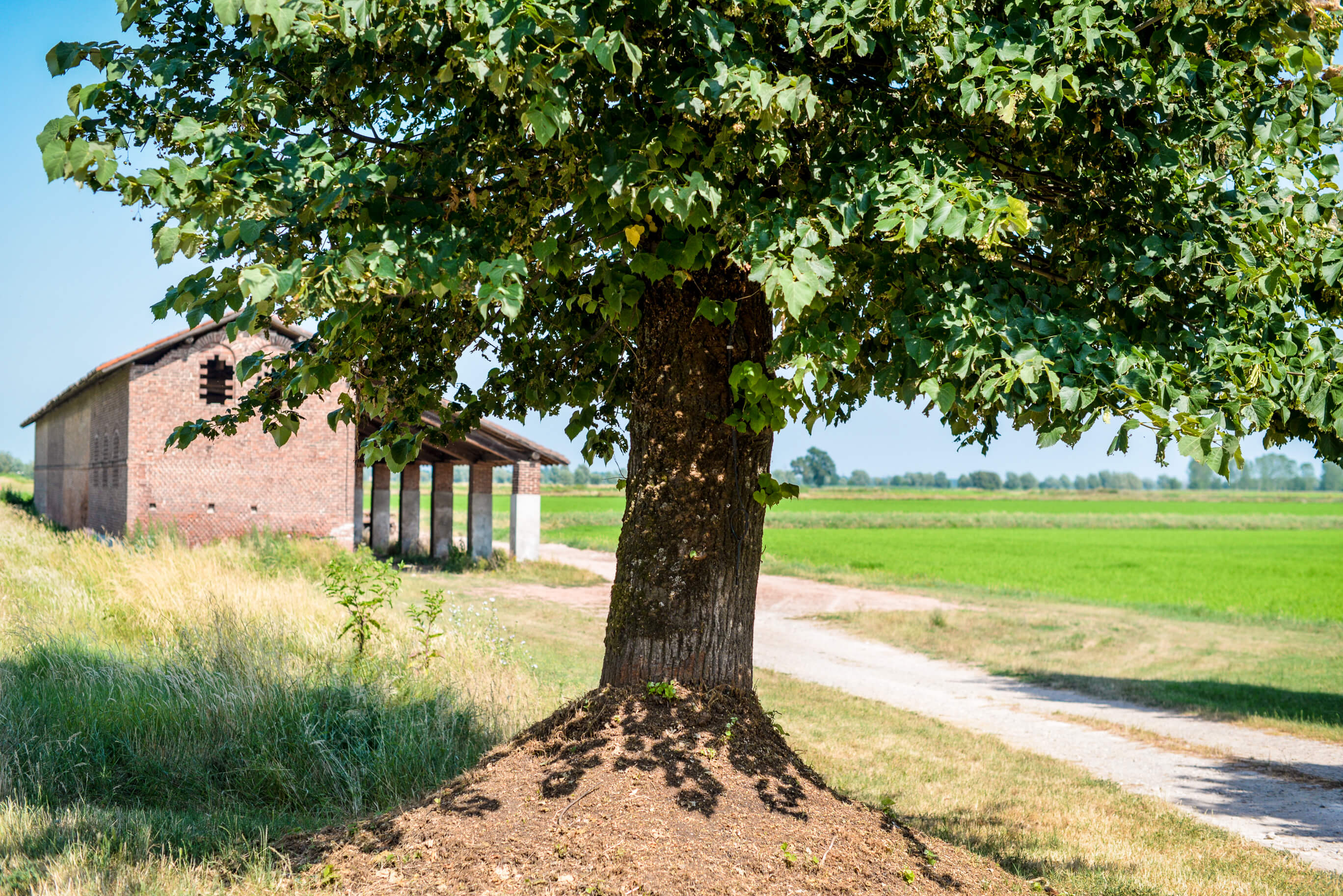
Italy has always provided me with the most stunning backdrop for an adventure, with good food and hospitality permeating each and every one of my visits. I have wonderfully hazy memories of travelling by train to the Southern Italian coast from Rome, stopping at Naples and journeying onward to Capri, Positano and the Amalfi Coast just ahead of getting married in 2006. Florence has also been enjoyed and explored and more recently, we embarked on a family trip to Venice, driving down towards Bologna, to San Piero, where my sister lived until recently, in the region of Emilia-Romagna. The children declared Italy as the land of pizza, pasta and gelato, whist we enjoyed noting nuances in regionality, landscape and the ever-friendly people. Northern Italy, particularly Milan and the surrounding areas, was next on my travel list and so I was delighted to receive an invitation earlier this year to the Po Valley, to visit Gallo, the Italian family business established in 1856, known internationally as Riso Gallo. Whenever Italy comes calling, whether for family, food writing or pleasure, I never say no to Prosecco. I also had a feeling that learning all about risotto and visiting the waterscapes and paddy fields of Italy, would be the perfect prelude for the busy few books months I knew were ahead of me.

Riso Gallo are among the oldest Italian rice growers and they have become one of Italy’s most best-known food companies. Their headquarters are located in Robbio, in the Pavese region in Northern Italy. The origins of the company date back to 1856, with a factory in Genoa that processed imported paddy rice and exported it to South America. They also owned a factory in Argentina, from which they supplied the Argentinian market. By 1926, having accumulated a good deal of knowledge and expertise, the company decided to focus on Italian crops, and their factory was moved to from Genoa to Robbio Lomellina, in the heart of Italy’s rice-growing region. Italian rice is mostly grown across the plains of Lombardy and in Piedmont. Having spanned six generations, Riso Gallo is currently led by Mario Preve, the current President of Riso Gallo, S.p.A, with the assistance of his four sons.
Our flight from London to Milan was delayed, providing myself and some food-loving colleagues with just enough time to have a glass or three of champagne and a bowl of pasta at the airport. All good press trips must, in future, begin in this way, since it made for a very good beginning indeed.
Our first stop on arrival, was dinner at Osteria Cascina dei Fiori, in Borgo Vercelli, Piemonte, favoured by the Preve/Riso Gallo family and hailed by the Guido Gallo – or the Gallo Guide. I was instantly reminded of why I adore Italy; faultless and attentive service, rustic elegance, and simple, seasonal ingredients. At dinner, we were introduced to Carlo Preve, the MD of the Riso Gallo International Brand and son of Mario Preve and our introduction to world of Gallo began. After dinner, we decamped to the Hotel Novarello, which often finds itself playing host to the Italian football team. We, of course, didn’t look for any Italian football players, being so tired after our flight and first Italian supper.
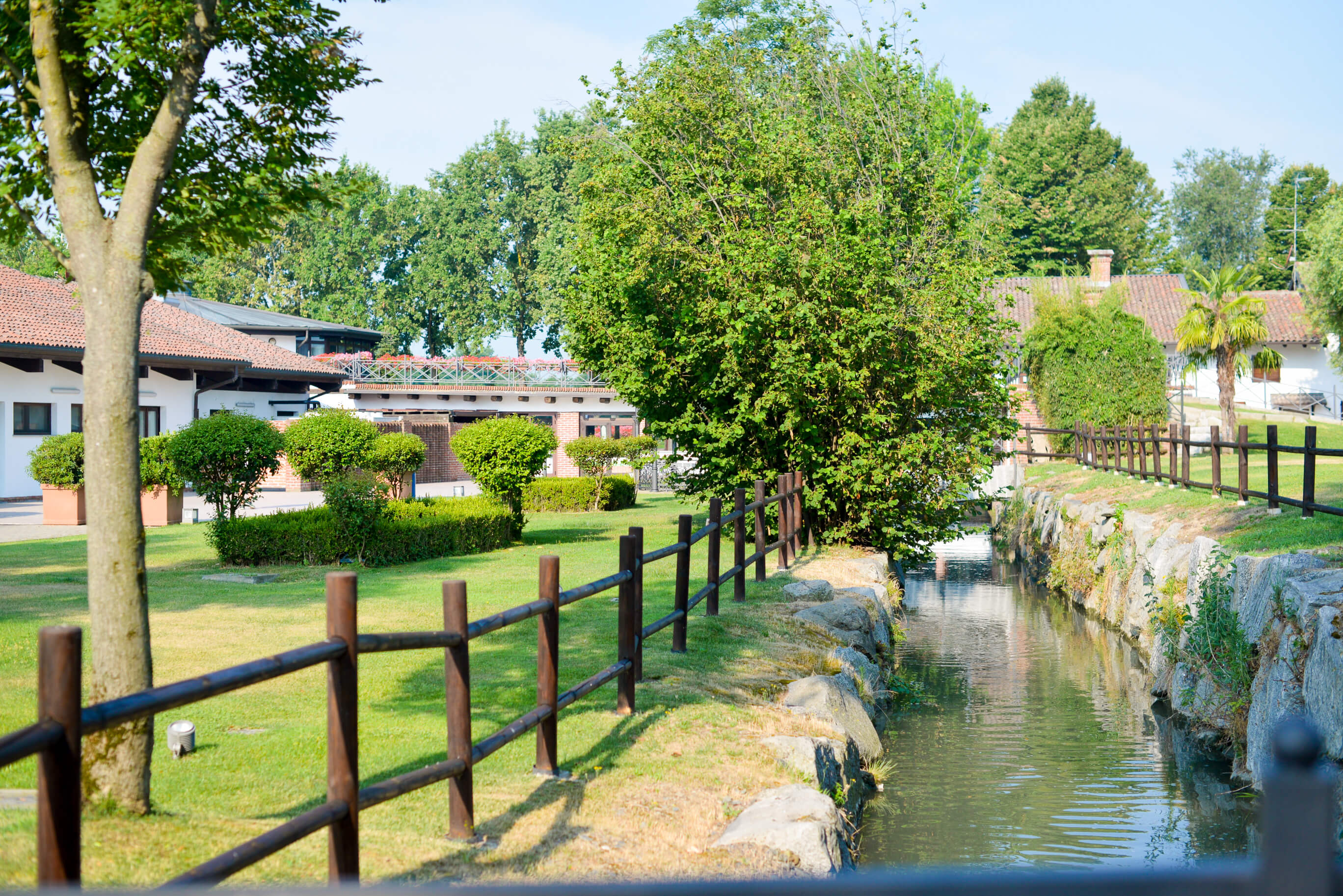
The next morning, we headed out to Riso Gallo’s headquarters in Robbio, outside of Milan. We arrived just in time for their daily morning inspection of risotto rice grains, called prova risi. Every day, a sample is taken from a selection of batches and is manually inspected by a team of specialists, checking the quality and character of each variety.
I learnt that not all risotto rice is equal and that there are distinctions amongst the grains which form the different parts of the Gallo range.

For instance, Carnaroli is known as the king of risotto rice. Arborio is favoured by home cooks, whilst the Gran Riserva variety, aged for a year and produced in limited quantities, is the one favoured by chefs. The Originario variety, which is a smaller, round grain can be used in soups and in arancini, whilst the Roma variety responds well to being oven-baked. Gallo’s Blond risotto is another grain which has a more golden, blonde colour. It cooks in a shorter time (12 minutes) and is least prone to overcooking. The grains remain separate and are ideal served ‘al dente’.
With Gallo being the premier brand in the Italian rice market, their levels of knowledge and expertise is something that the family are fiercely proud of and keen to protect. We were given a fascinating behind-the-scenes tour of the brand’s headquarters by Carlo Preve and had the opportunity of asking questions and of seeing the process for ourselves. Although Gallo are leaders in their industry when it comes to modern technology and sophistication, the stone husking method that they use is the same as it was 100 years ago. The husking is still done to a traditional stone system, which allows for a gentler abrasion of the grain, which preserves its nutritional and gastronomic values.

Within the business, there are systems and standards, research teams, sensory and development laboratories, nutritionists and innovators. Mario’s four sons, Carlo included, hold six generations of history in their hands and along with global representatives, advocate for the brand which finds itself in 80 countries around the world. Every grain of rice matters and every consumer, whether Italian or otherwise, is constantly kept in mind when advancing Gallo’s mission to continue to be the best champions of risotto and rice in the world. There is tradition and there is modernity; the brand is conscious of both its history and of its role in providing people with a key staple, but is also turning its fined-tuned attention to developing ranges showcasing alternative grains for healthier living.
After the tour of the headquarters, we were taken to one of the regions rice markets. This is where all the deals are done, a bit like a stock exchange, only that the currency is rice. The brokers bring grains directly from the farmers, wrapped in brown paper, stashed in leather bags, to be examined and valued by the buyers. Gallo sells to the seed to the farmers, who grow the rice and then sell it back to Gallo who then mill it and package it. The tradition of valuing the rice based on its quality ensures a fair price and a consistent quality of product. There are of course other rice producers and brands, though Gallo are the leading company in the domestic market in Italy and competition is fierce. An espresso here, a bag of Arborio there, a number of livelihoods dependent on the day’s deals.
There are seasons, too. The seed is sown in April and is harvested in September. Fluctuations in weather can have a huge impact on production and although the Po Valley usually provides the optimal growing conditions, the temperature was uncharacteristically hot when we visited.
Outside the rice market, in the sweltering heat, more precious cargo was revealed; hefty onions, purple beans, glistening aubergines, formaggio. This is the food of the land, the surrounding rice fields punctuated by small agricultural holdings and and dairy farms; the market weaving together all that is good in the Province of Pavia.


After the market, we were taken to lunch at Ristorante Antoerobi back in Robbio, where a bespoke meal was created using Gallo rice for us. The Preve family are so well known in this region that they have streets named after them, such as Via Riccardo Preve. It was so hot I think we had all lost track of time, but I do recall arriving at the restaurant that appeared like an oasis in the desert…and not wanting to leave.
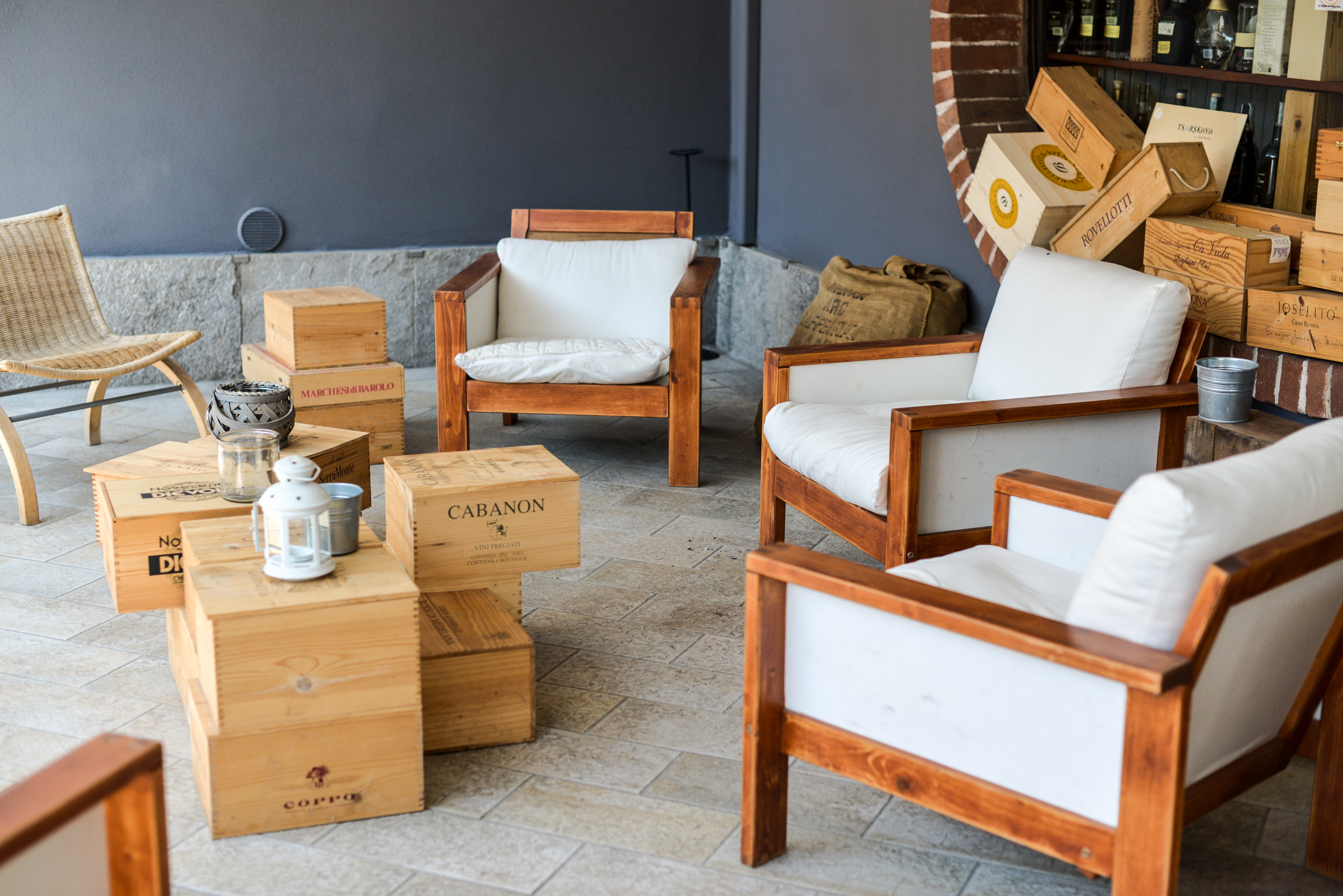
For lunch, of course risotto and we enjoyed at least five courses along with lots of water and wine to cool us down. The risotto dishes included a refreshingly cold starter of lemon risotto with calamari, an intermediate dish of Gallo’s 3 grains (rice, spelt and barley) cooked with chicken and dill, which I immediately came home to recreate. Onwards, an exceptionally good and perfectly creamy risotto with fresh truffles and a taste of one of Riso Gallo’s curry varieties. The curry risotto was most surprisingly delicious, though not yet available in the UK.
Dessert was made with Riso Gallo’s dessert rice, a creamy rice pudding served with a strawberry compote. The dishes, cooked by the owner’s wife, succeeded in showcasing the variety of grains that the Gallo produce and each and every mouthful was a delight.
We finished off with espresso and a few shots of homemade limocello, served by the owner, a particularly lovely man who had broken his arm in a motorbike incident. There was also a very impressive selection of other homemade spirits and lots of rum on offer. I’ll be going back…
After lunch, we sort of pulled ourselves together, re-spray-tanned ourselves with mosquito repellent and were taken to see the paddy fields and a traditional rice farmhouse, known as a Cascina, where ancient farming traditions still exist with rice farmers cultivating, rotating crops, growing, harvesting and selling. The landscape was very flat, which is why, of course, the fields lend themselves so well to rice farming across the fertile, swampy plains.
Piecing the day together, I realised that we had sort of done the ‘rice to table’ process in reverse – beginning with the finished grains themselves, experiencing the rice markets, eating the grains for lunch and ending up in the paddy fields. No matter, it was an education and a privilege to see the many parts of the process that make up a day in the life of the Gallo family business.
No trip to Northern Italy would have been complete without a stopover in Milan itself and I had always wanted to experience the elaborate façade and gothic architecture of the Duomo di Milan. We checked into the Hotel Cavour and after a traditional Italian Aperitivo, we meandered through the streets, via the Piazza del Duomo and onto one of the city’s most glamorous dinner spots – Maio Restaurant, which was simply the most stunning setting to round off our adventures with Gallo. I tried my first vitello al tonnno and we drank Aperol spritz whilst taking in the stunning sights of the duomo. It really, really made me want to live in Italy.

Which rice or grain to chose at home?
Italian rice includes risotto, Jasmin, long grain, brown rice, black rice and basmati varieties, though the company also now produce and bring together other grains, too, such as spelt, barley and quinoa.
You can read more about Rice and Nutrition here.
This is my pick of the top risotto and other grains in the Gallo range:
Carnaroli
The king of risotto rice. This grain has a starchy content and firm texture. Considered to be the best rice for risotto.
Arborio
Large grain with a creamy texture; therefore, ideal for creamy risottos.
Gran Riserva
This is aged for one year in aerated silos, before being milled. It is produced in limited quantities and subjected to a very strict selection process. Only one grain in three become Gran Riserva. This is also a grain most favoured by chefs, because of its cooking resistance and quality of absorption.
Brown Rice
Gallo also produce a medium-sized, lightly tapered brown grain. It is parboiled and retains a perfectly cooked ‘al dente’ texture. Brown rice contains more fibre than risotto rice.
3 Grains
A mix of parboiled rice, spelt and barley with full bodied, firm grains. This was my favourite of the new varieties produced by Gallo because the barley and spelt in particular, provide an ancient cereal source of fibre.
Try my recipe for 3 Grains with Chicken, Courgette and Dill here, inspired by the version we ate at Ristorante AntoeRobi.
If you are new to making risotto, you can start with one of Gallo’s Risotto Pronto ranges. These grains are parboiled and flavoured. We sometimes enjoy the four cheese or the porcini mushroom flavour at home. Or you could read my article on How to rustle up a basic risotto over on JamieOliver.com.
Look out for the Gallo Nature range which is now available in the UK in light green packaging, including the ‘3 Grain’ Rice, Barley and Spelt variety (RRP £2.35 for 400g) that I tried in Italy, as well as a ‘Pronto’ or quick range – the Gallo Risotto Pronto Carrot, Tomato & Hazelnut is really tasty (RRP £1.99 for 175g)
You may also like:
Katie’s write-up and her Slimming-World version of Chicken, Dill and Vegetable Rice Pots here
Jacqueline’s travel notes and her Vegan Sausage, Red Pepper and Brown Rice Casserole here.
Also tasty, my Quick Risotto Stuffed Vegetables.
Anything by Rachel Roddy for The Guardian on Italian life and cooking.
You can also follow Riso Gallo UK and their news, here.
Disclosure: I travelled to Milan and the surrounding areas as a guest of Riso Gallo as part of an organised press trip. With thanks to Riso Gallo UK and Panache PR. All thoughts and opinions my own.

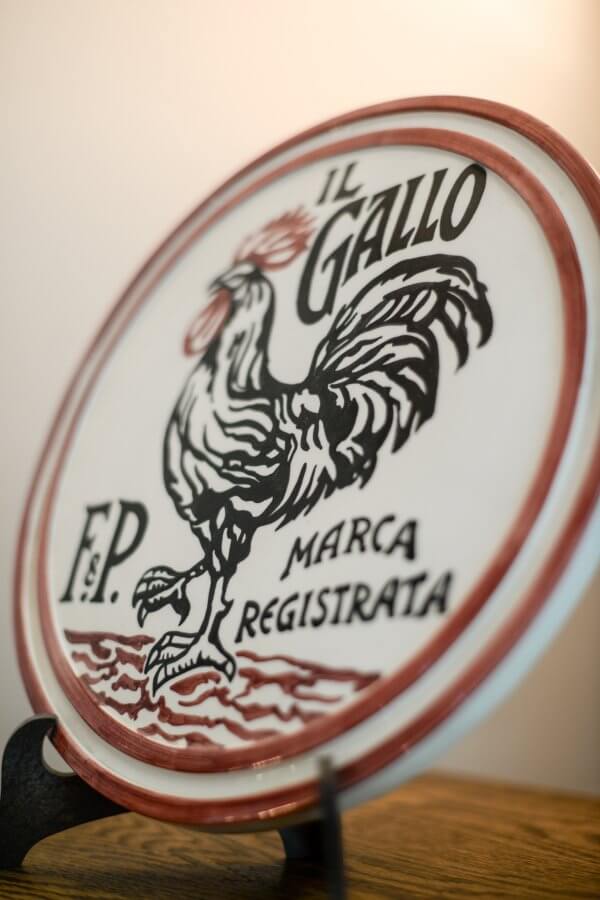
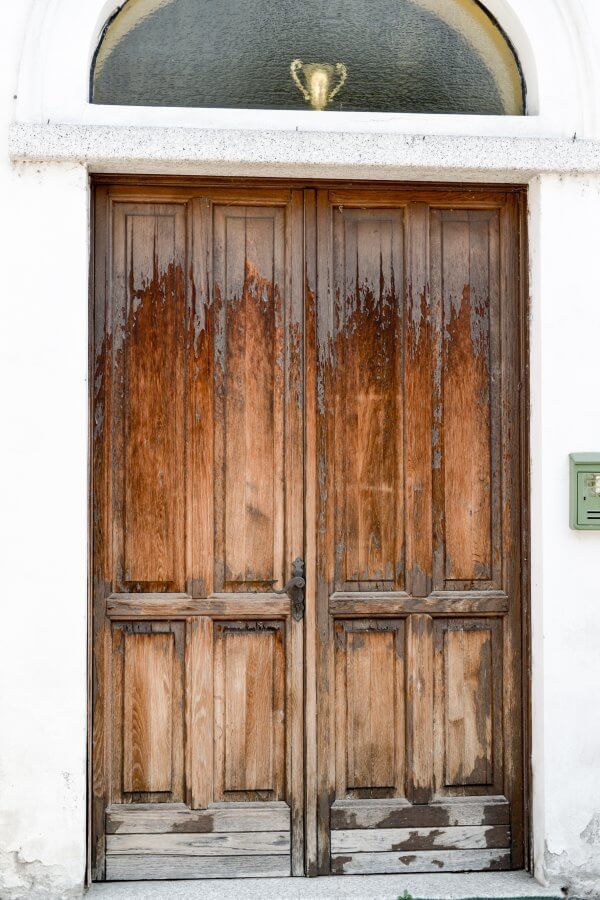


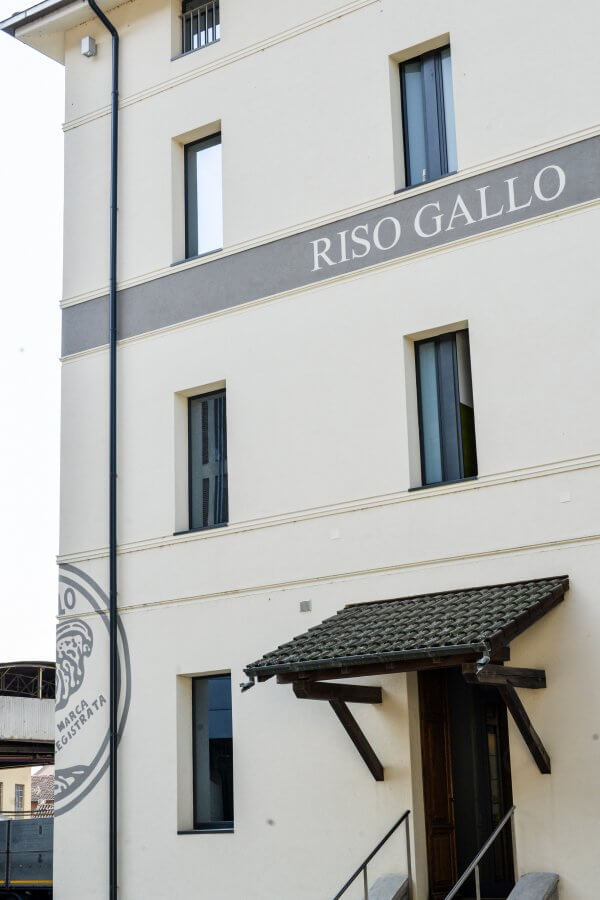




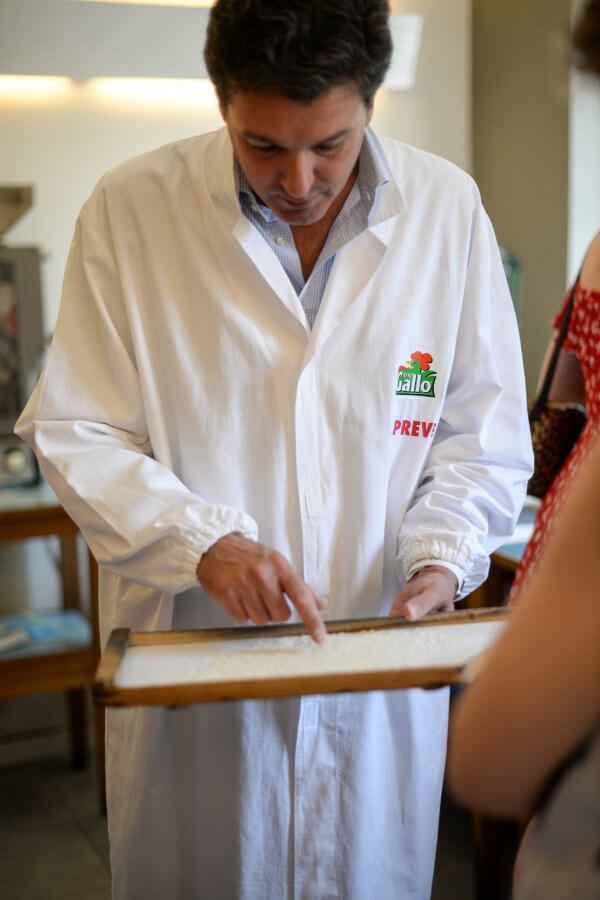




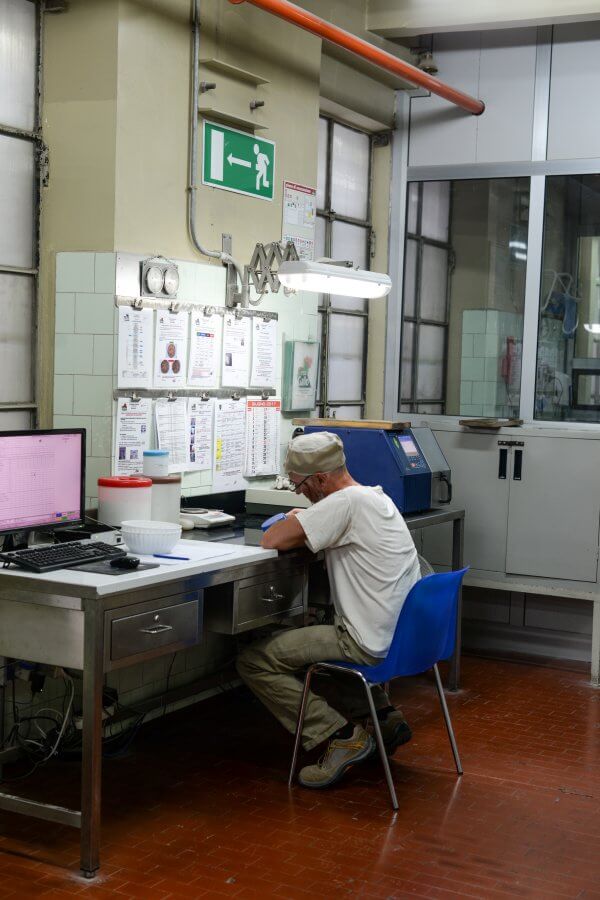







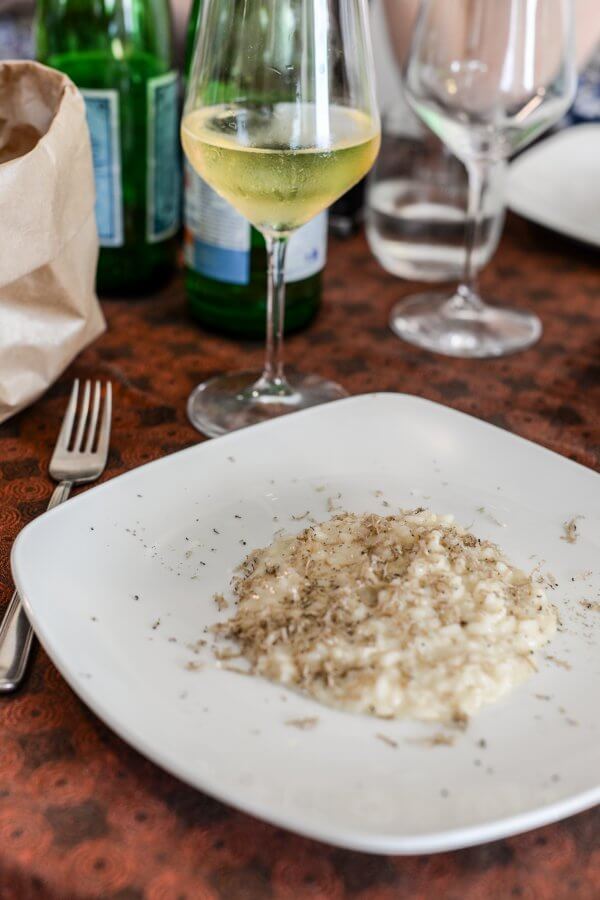
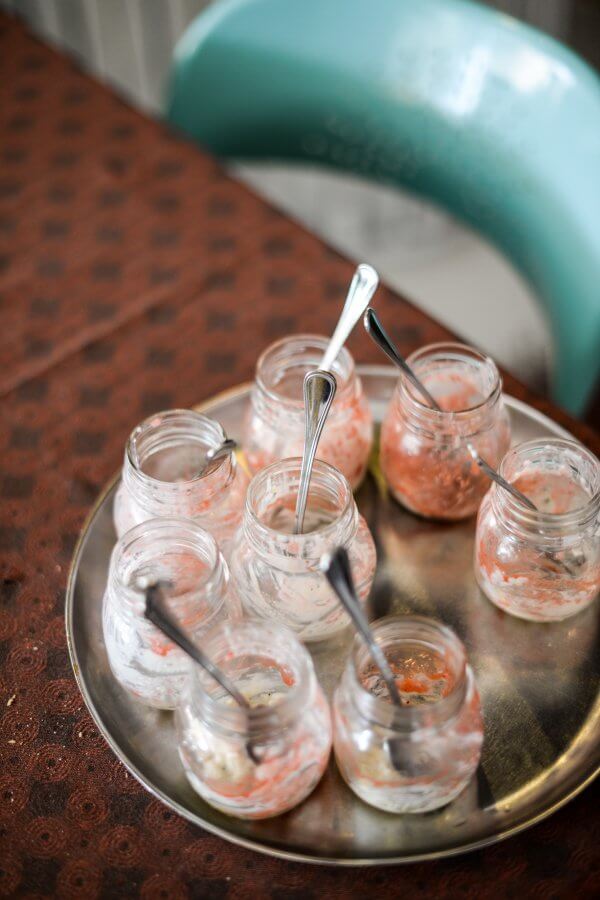




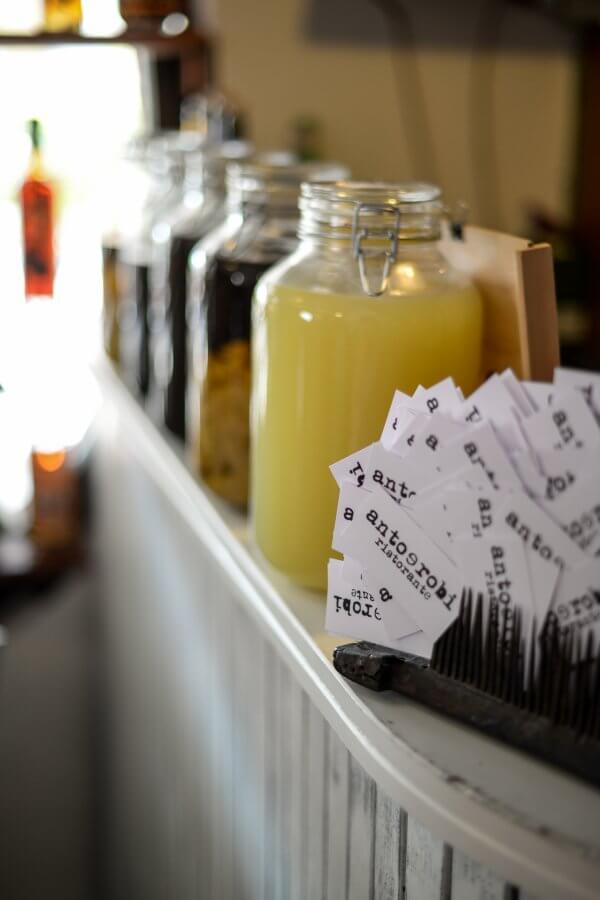





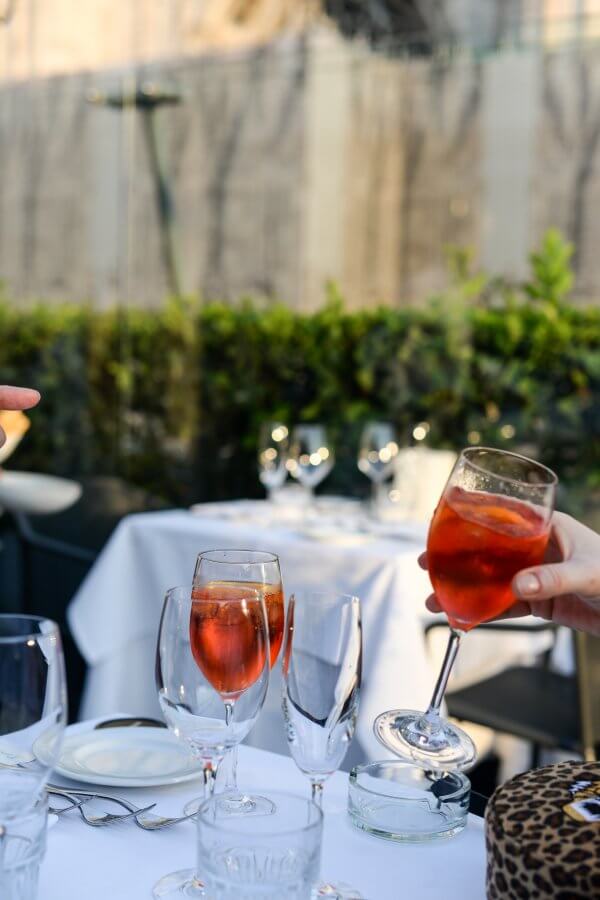

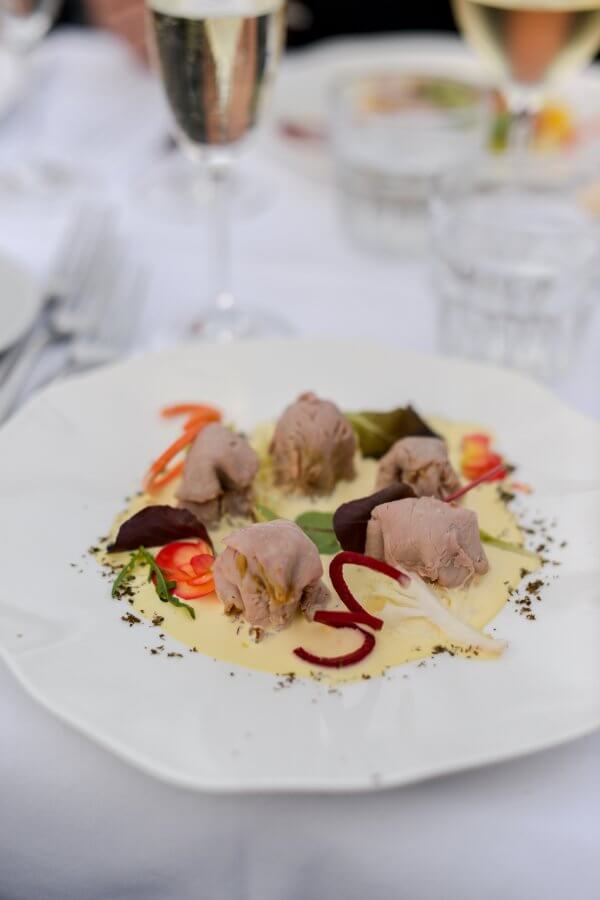



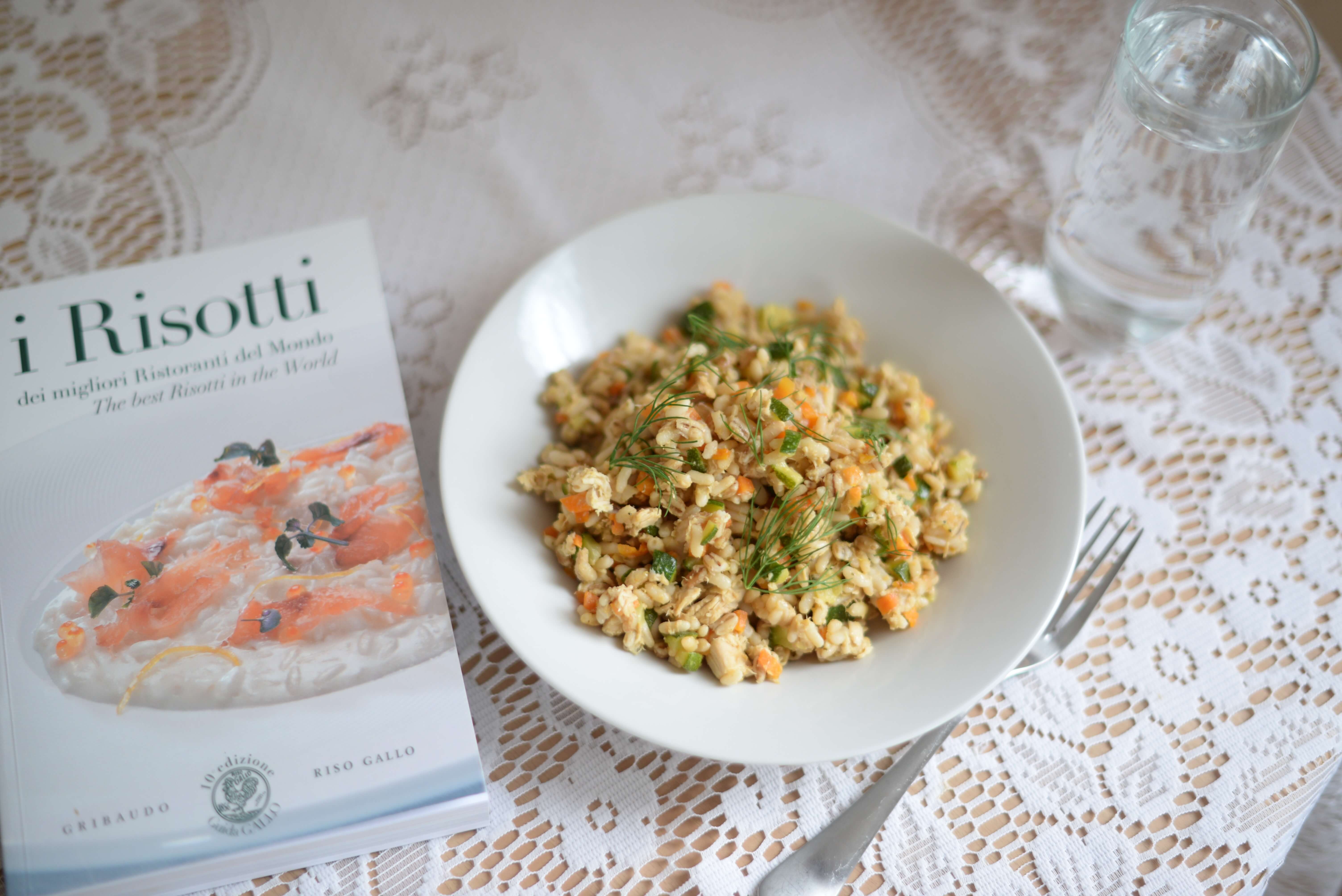
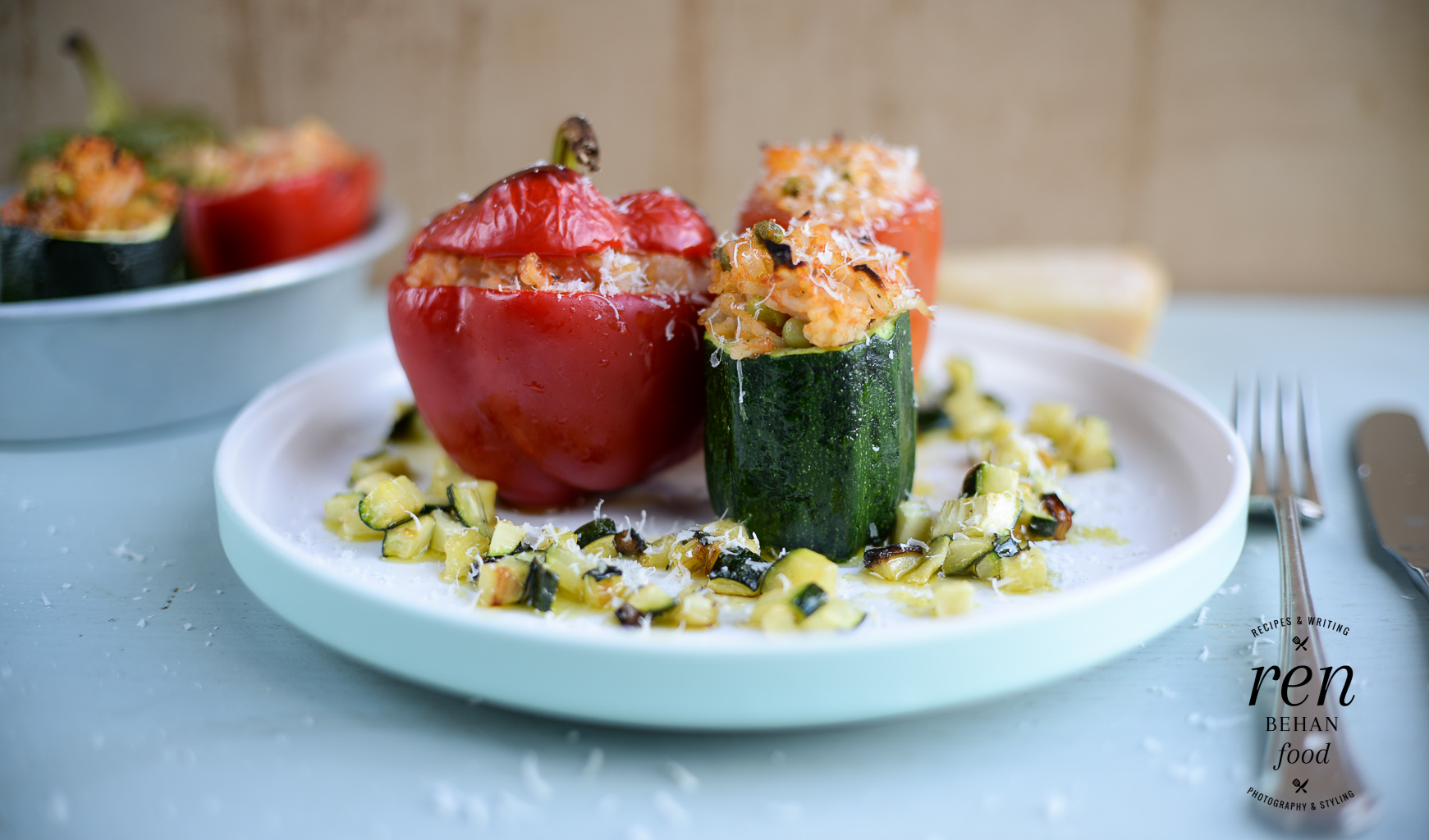




Thanks for sharing…Checkout my profile for Pizza Cheese in Mitcham
Hello, is anybody here interested in online working?
It is simple survey filling. Even 10 bucks per survey (ten minutes duration).
If you are interested, send me email to hansorloski[@]gmail.com
I see you don’t monetize your website, don’t waste your traffic, you can earn additional bucks every month because
you’ve got hi quality content. If you want to know how to
make extra bucks, search for: Mertiso’s tips best adsense alternative
I feel like I’ve just travelled to Lombardy. Thank you for the insightful post and all of the gorgeous images.I use the Riso Gallo 3 grains already – and of course their arborio and carnaroli – but I will try and find the gran riserva.
Gosh I’ve clearly got so much to learn – and I call myself a foodie?! Who knew that Carnaroli is the king of risotto rice, I always thought it was arborio! Great post!
You’ve put me in the mood for risotto now, great behind the scenes insights and what stunning scenery too!
Sounds like such a fun and interesting experience! And I didn’t realise there were different types of risotto. Actually I don’t know much at all about risotto so this was an interesting read 🙂